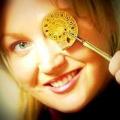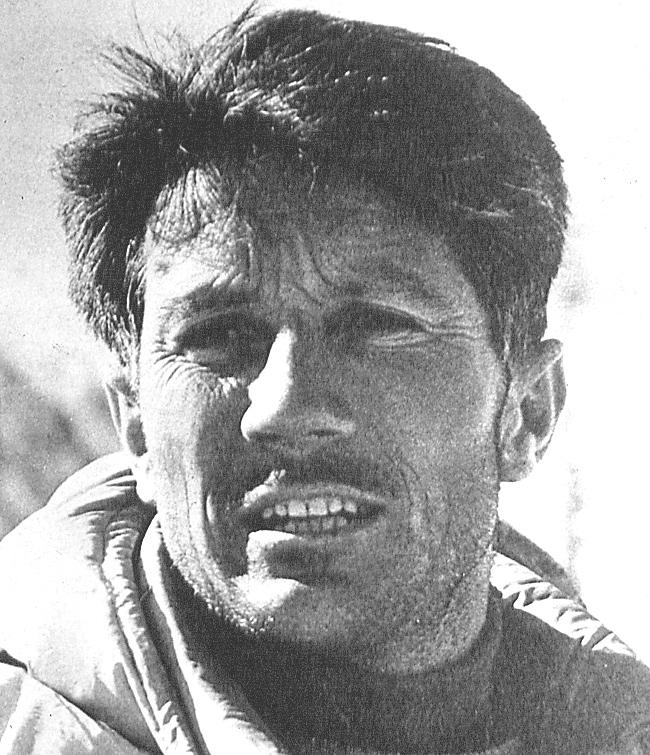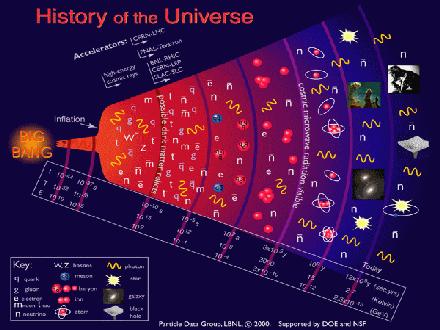 Walter Bonatti
Walter Bonatti died yesterday at 81 years of age. One of
Italy's greatest "old style" climbers, Bonatti is especially famous for the first ascent to the K2, the extremely hard to climb, 8611-meter-tall mountain in the Karakorum.
I enjoyed a lot reading
a "discussion" prepared by Maury Goodman on the value of "confidence level", discovery thresholds, and what physicists believe or not. If you are a HEP physicist and you want to widen your horizons on the value of statistical claims in experimental results, you are bound to read it. But you might find it thought-provoking and enlightening even if you are a layman, provided you can use three neurons in a row.
A few random excerpts should convince you to read the whole piece:
Manjib: No reasonable high energy physics will believe a two sigma effect.
The diffusion of advanced graphical tools that we have witnessed in the course of the last two decades has caused a corresponding evolution in the way physicists display their data. True, there still exist pockets of resistence here and there; but these are usually due to old farts who are unwilling to learn the new tricks. To them the old cynical sentence by Max Planck unfortunately applies, and it can be paraphrased as follows:
"A new data display tool does not triumph by convincing its opponents and making them use it, but rather because its opponents eventually die, and a new generation grows up that is familiar with it."
A hadron collider is a really nice toy to play with. Sometimes when I look at all those scientists busying themselves with the design, the construction, and the operation of the Large Hadron Collider and its experiments, as well as the analysis of the produced data, all I see are kids who play with their toys - bigger toys, as big as possible in fact, because their craving is always growing and cannot be satiated.
I of course see myself that way, too. To me my job is a game -well, I see my life that way too! But I am divagating into philosophical observations which deserve another place to be discussed. Instead, here I want to show you why I think these detectors are marvelous toys. Give a look at the graph below, courtesy ATLAS.
Despite the hopes of most and the preconceptions of many, news from the Lepton-Photon conference in Mumbay, India, report that the Standard Model is as alive and strong as it has ever been. Indeed, the recent searches for Supersymmetry by ATLAS and CMS, now analyzing datasets that by all standards must be considered "a heck of a lot of data", have returned negative results and have placed lower limits on sparticle masses at values much larger than those previously investigated (by experiments at the Tevatron and LEP II).
 Living At The Polar Circle
Living At The Polar Circle Conferences Good And Bad, In A Profit-Driven Society
Conferences Good And Bad, In A Profit-Driven Society USERN: 10 Years Of Non-Profit Action Supporting Science Education And Research
USERN: 10 Years Of Non-Profit Action Supporting Science Education And Research Baby Steps In The Reinforcement Learning World
Baby Steps In The Reinforcement Learning World



 Walter Bonatti
Walter Bonatti





